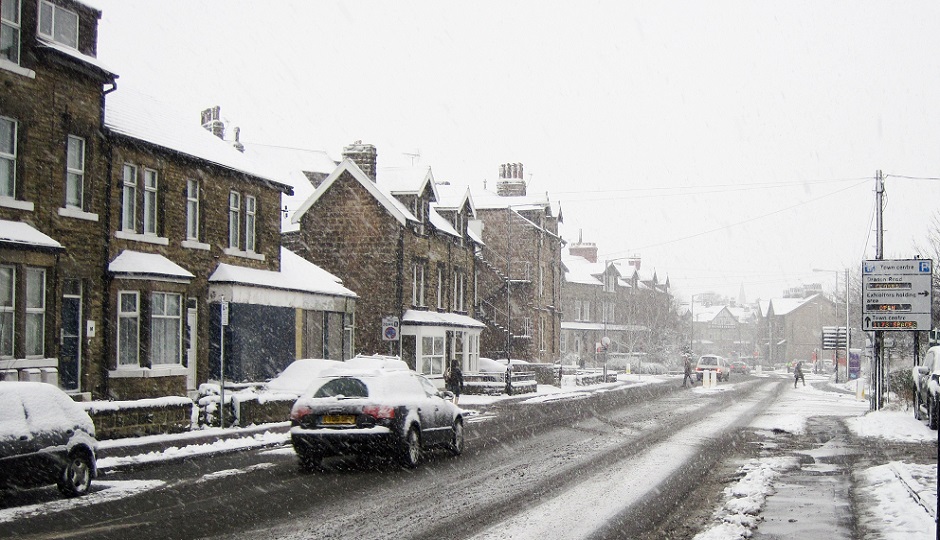
The marked heterogeneity of the characteristics of high-risk drivers continues to frustrate efforts to understand and evaluate individual traffic safety risk.
In this study, we examined high-risk drivers and explored the dysregulation of two neurobiological processes (decision making and arousal to stress) associated with different forms of risk behaviours.
Distinct neurobiological processes appear to underlie different forms of high-risk behaviours.
Consistent with our hypothesis, an analysis of subgroups categorized according to type of offense committed (impaired driving or speed-related offenses) gave rise to a fascinating result: distinct neurobiological processes appear to underlie different forms of high-risk behaviours.
Our first finding revealed that flawed decision making was unique to speed-related high-risk drivers, not those driving while impaired. The findings also indicated the practical meaning of this result: in speed-related high-risk drivers, the magnitude of their disadvantageous decision making was directly associated with the extent of their engagement in risky driving simulation behaviour. This is a novel finding for the field.
The second main finding was that impaired drivers showed a unique pattern of arousal to stress. This pattern was also associated with the extent of their engagement in risky driving simulation behaviour. These results extend previous research by our team and others linking reduced arousal to stress to risk behaviour.
Overall, this study provides three interesting conclusions: 1) like any other risk behaviour, high-risk driving has neurobiological underpinnings; 2) distinct neurobiological processes contribute to different forms of high-risk driving behaviour; 3) a better understanding of the distinct mechanisms underlying high-risk driving would foster the development of more effective personalized intervention strategies.
Main researcher
Thomas G. Brown, Douglas Hospital Research Centre
Deposit of the research report: July 2014
